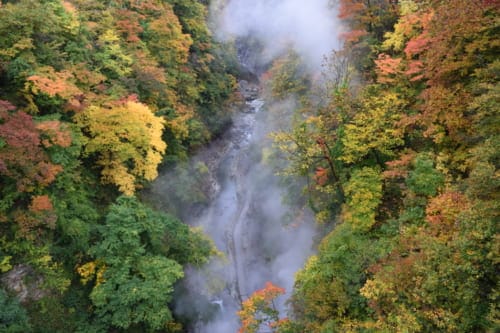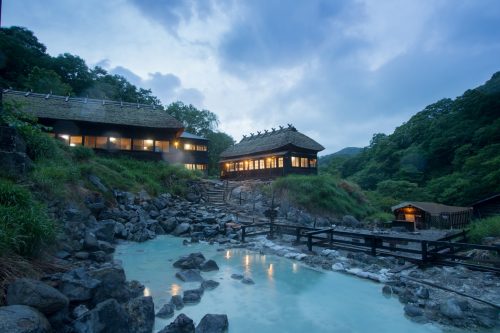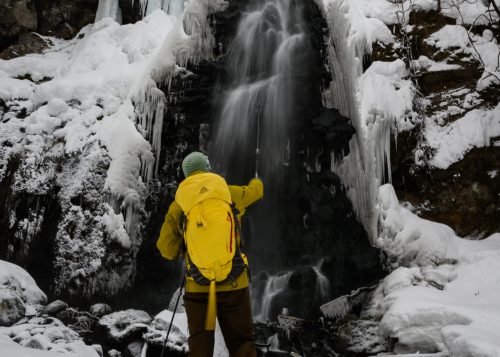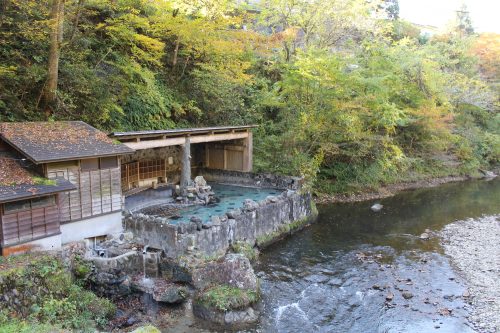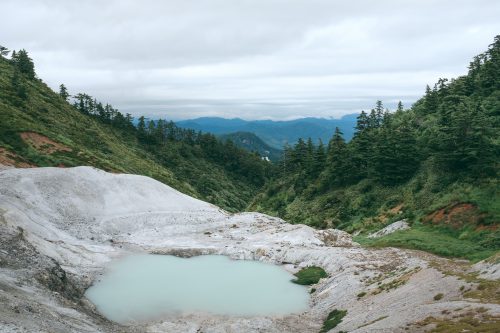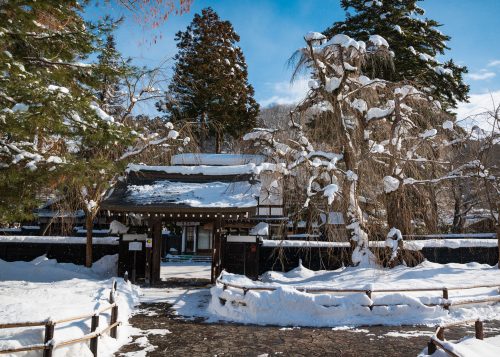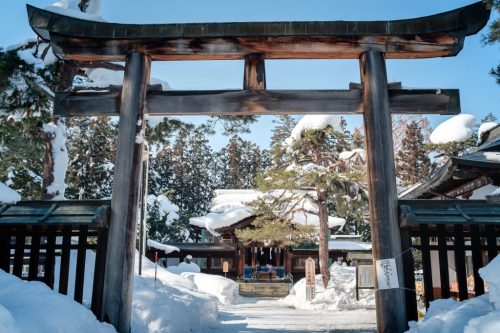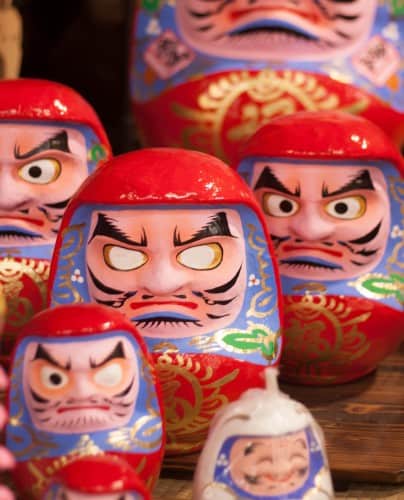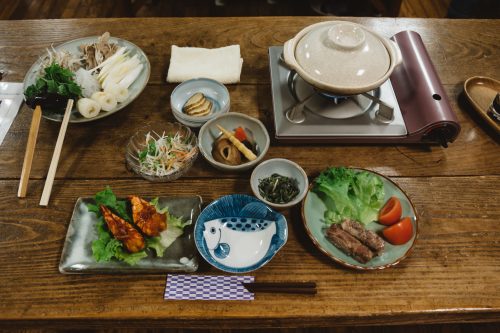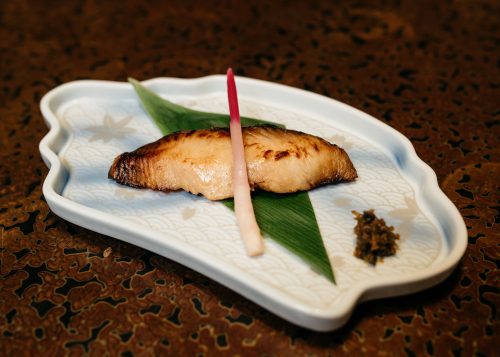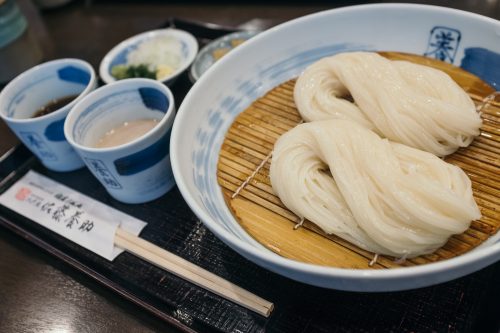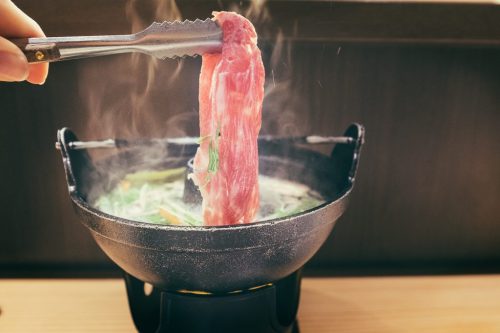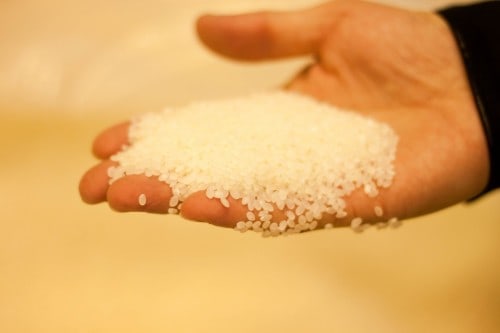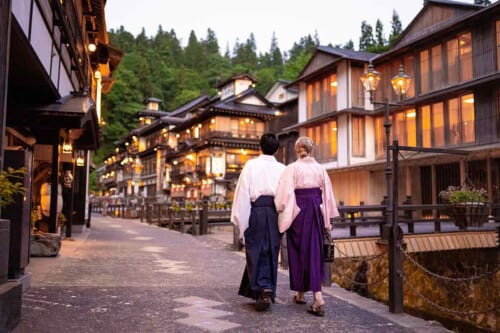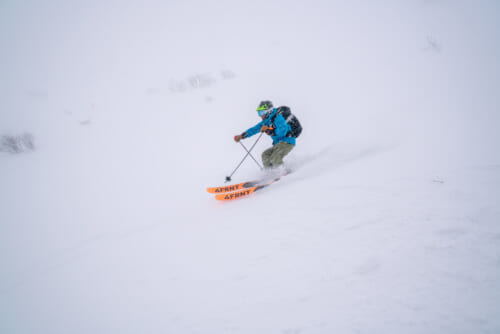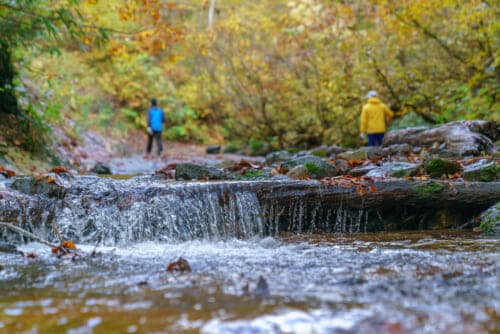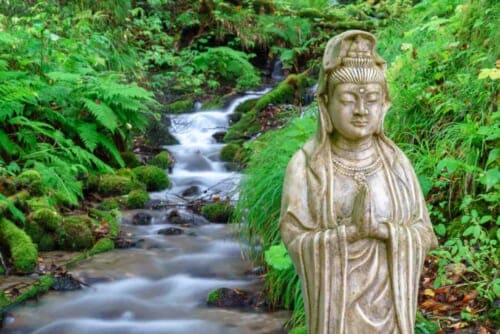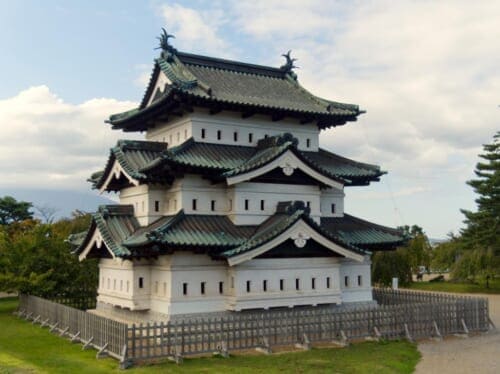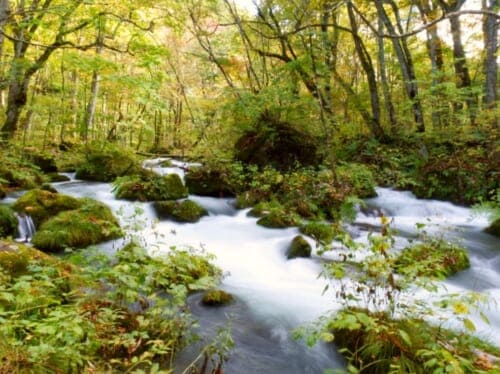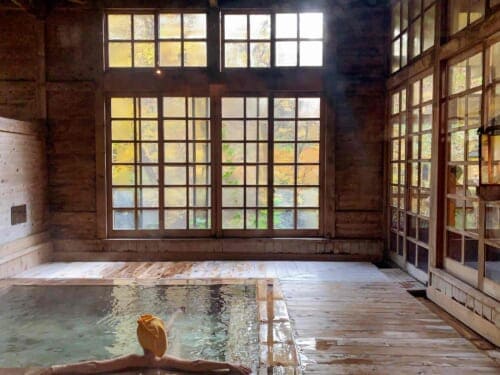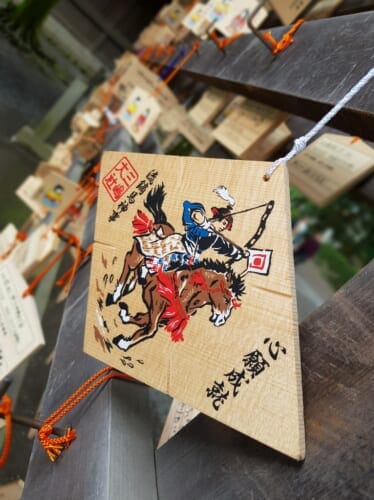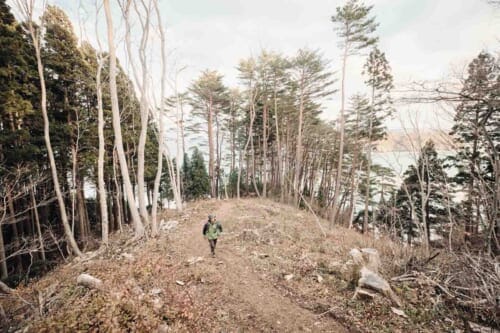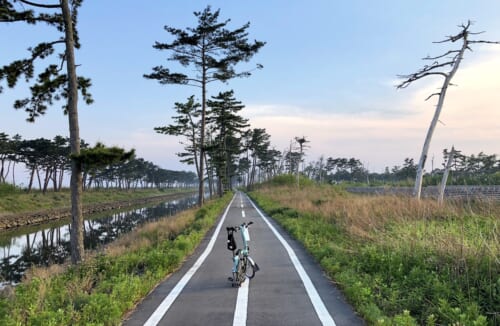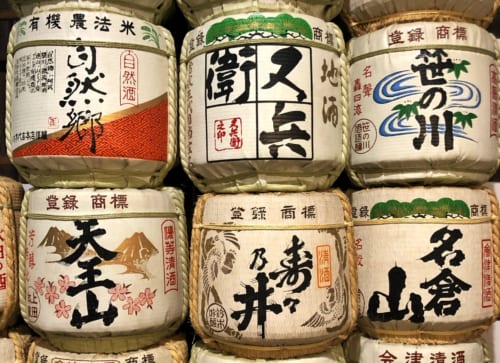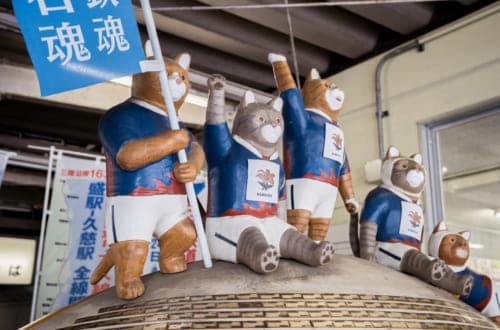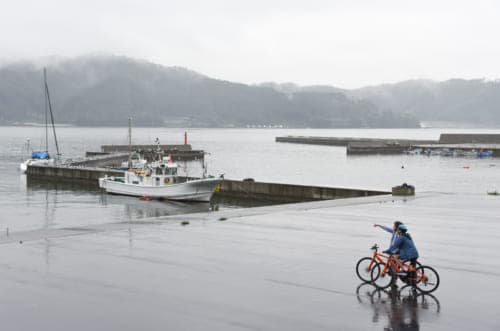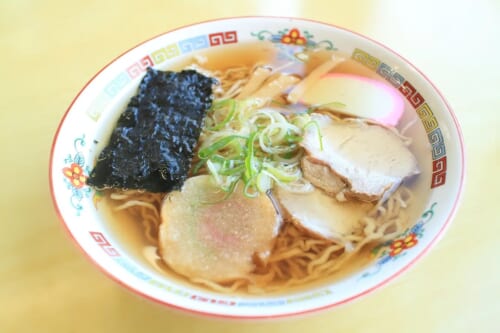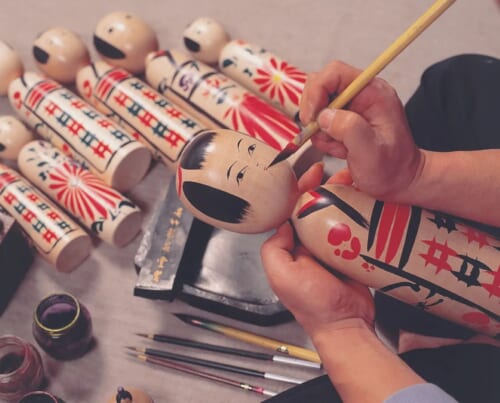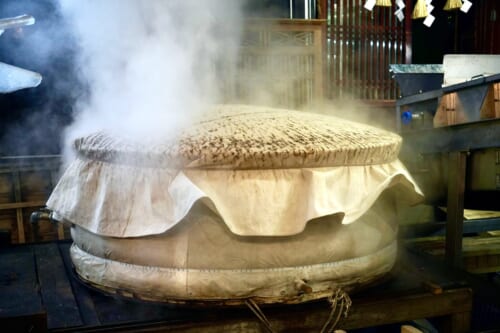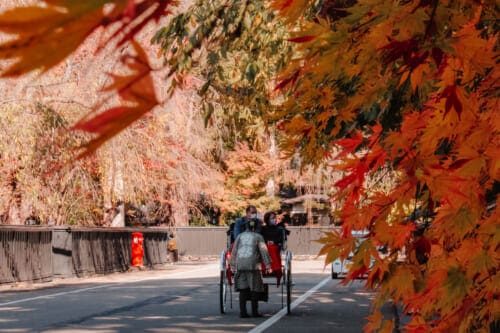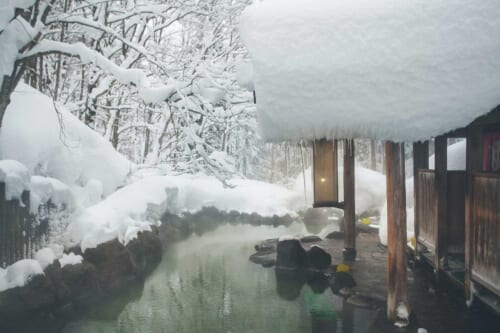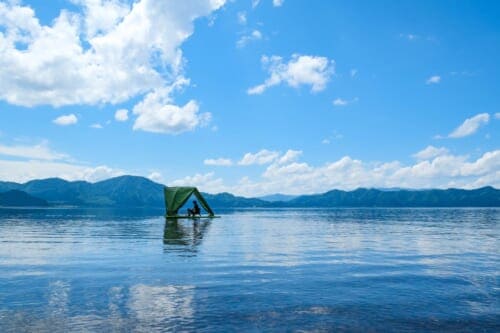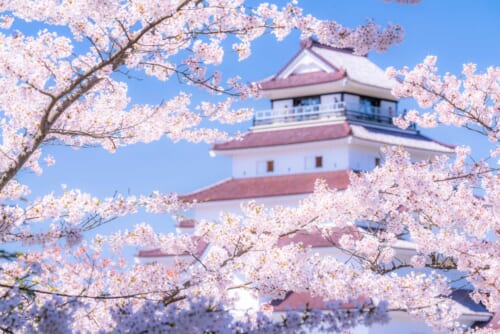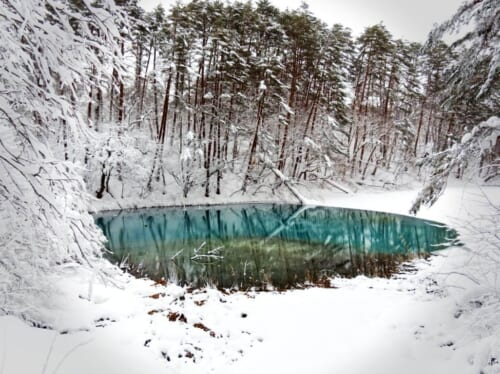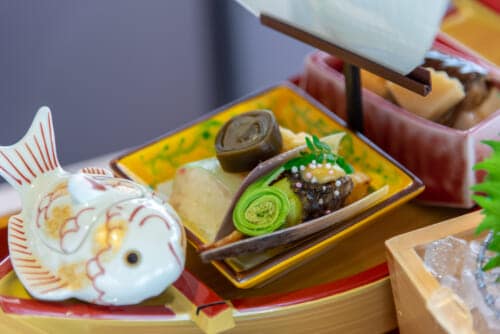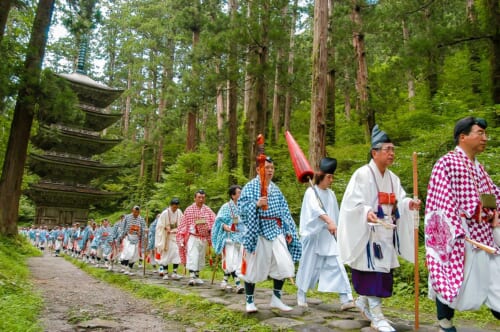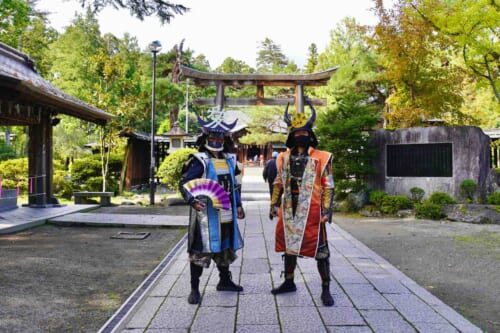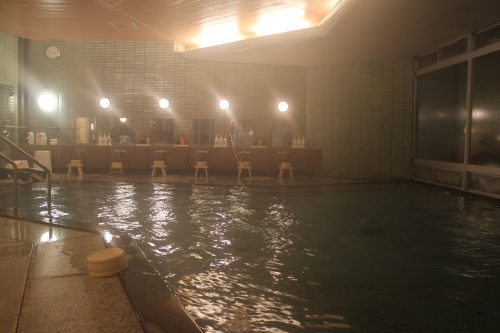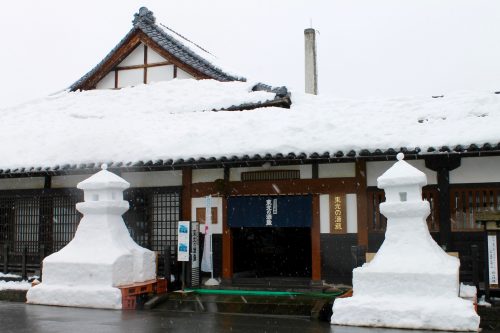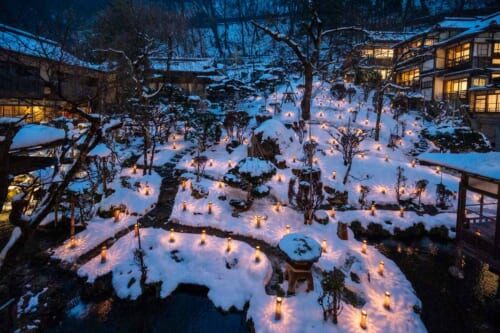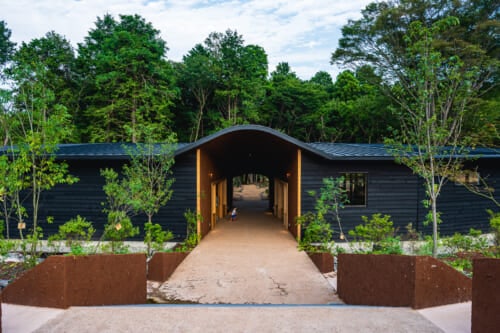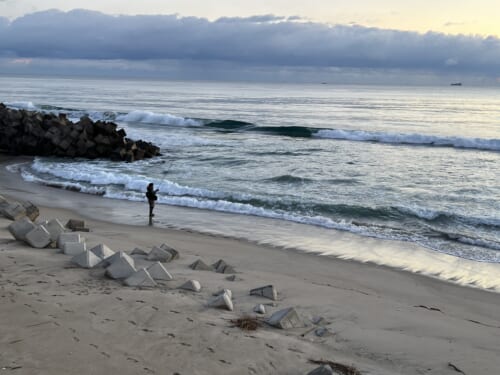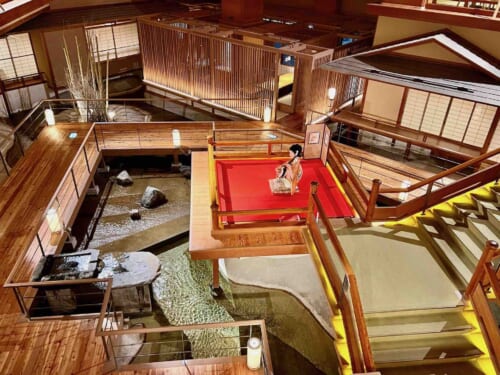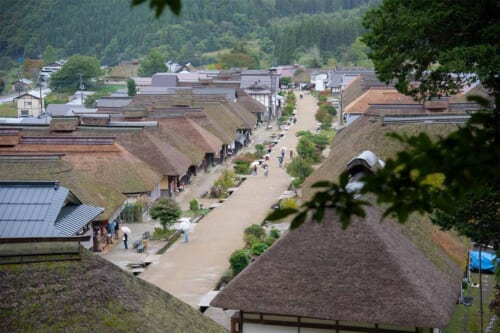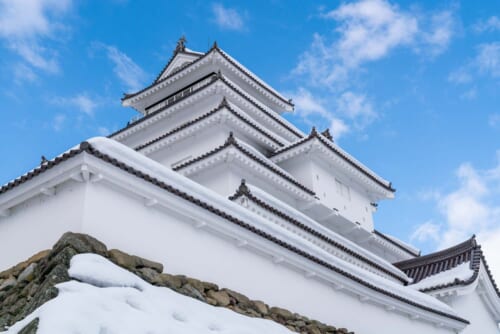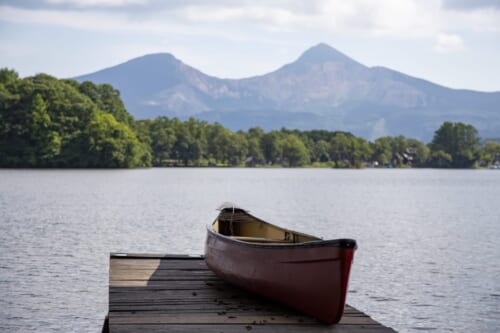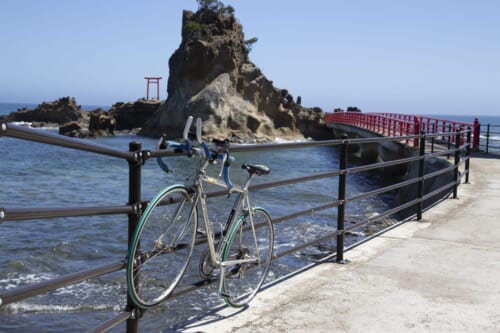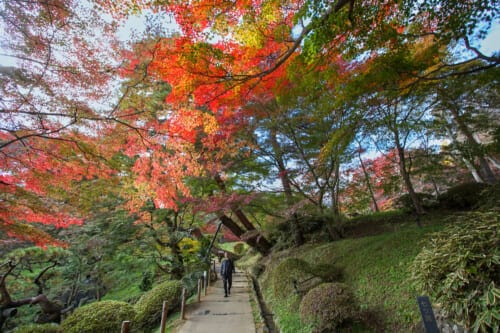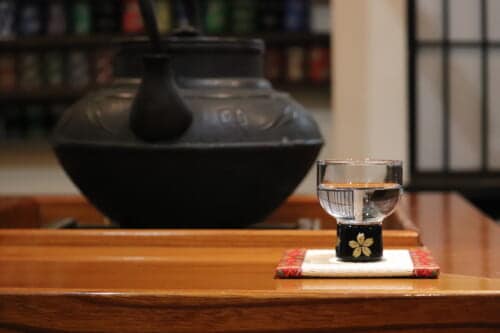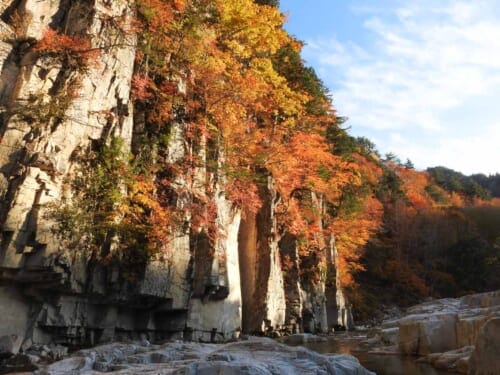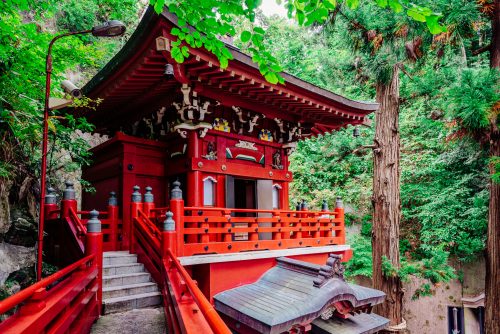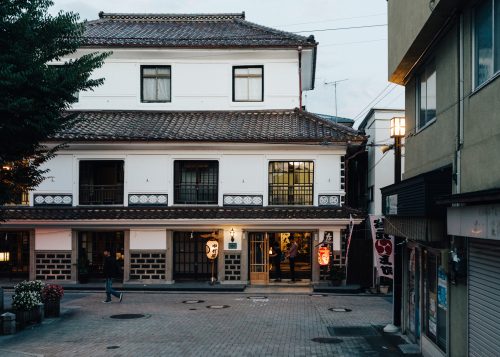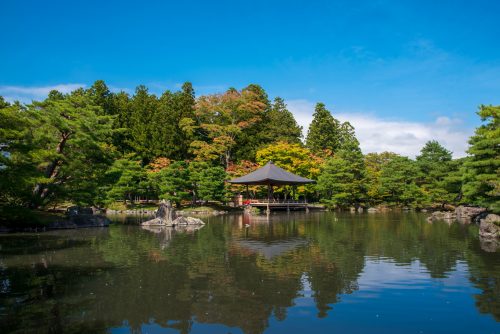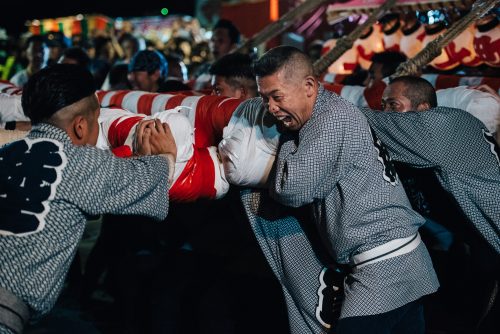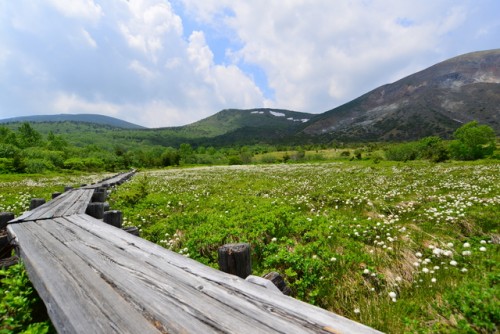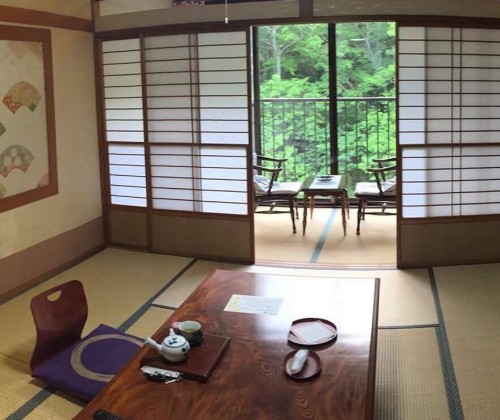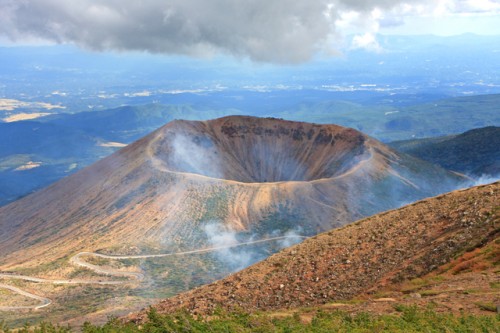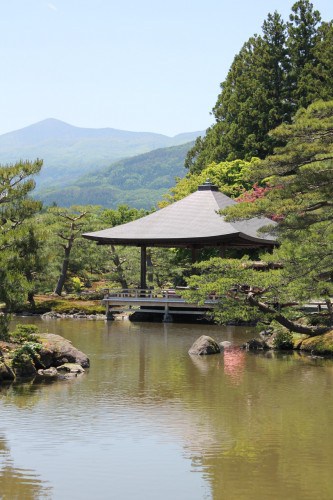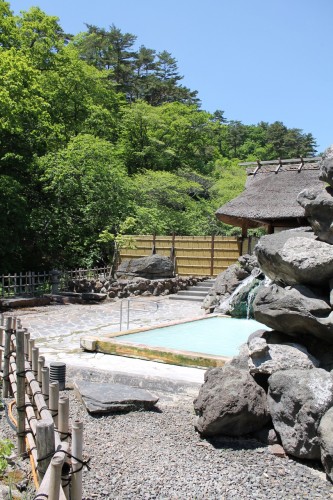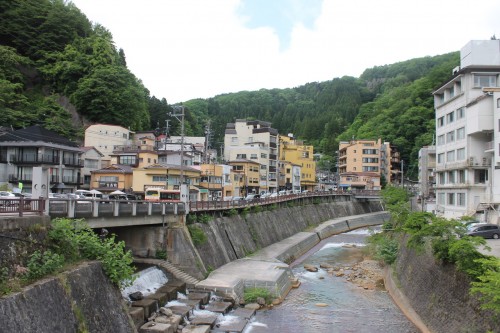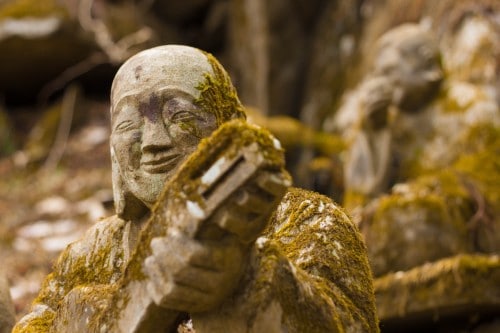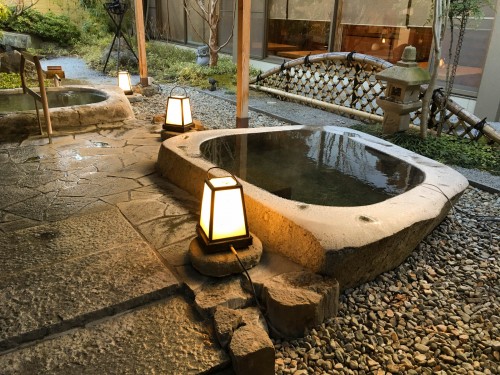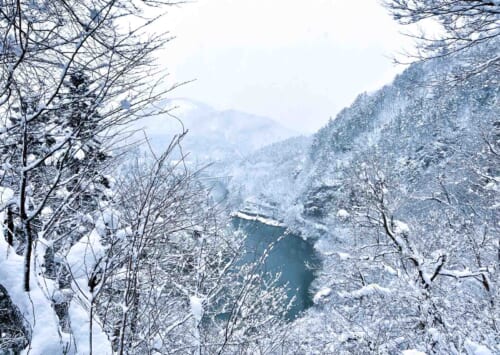The region of Tohoku is in the northern part of Japan’s main island of Honshu, consisting of the prefectures of Aomori, Iwate, Miyagi, Akita, Yamagata, and Fukushima. Western Tohoku is bordered by the Sea of Japan, while eastern Tohoku faces the Pacific Ocean. Down Tohoku’s “spine” runs a mountain range covered in dense forests.
The Tohoku region offers a wide variety of natural scenery. Below the surface, unseen magma flows heat the underground water that feeds many of Northern Japan’s finest onsen hot springs areas. Many areas of northern Tohoku receive large amounts of “Japow” powder snow in the winter, creating dream-like conditions for skiers and snowboarders. During the warmer months, Tohoku boasts some spectacular hiking and cycling routes with views of scenic rocky coastlines that stretch into the distance.
Matsushima Bay, just north of Sendai, is especially striking, considered one of the 3 classic views of Japan. It contains hundreds of small islands covered with picturesque pine trees. Autumn is a particularly beautiful season in Tohoku where millions of maple trees turn bright shades of red, orange, and yellow along the mountain range that runs through the region.
There is a rich heritage in Tohoku, from the traditional lacquerware crafts and ceramics of Aizu to the many samurai towns, including Kakunodate in Akita and Ouichi-juku in Fukushima. Sendai city in Miyagi Prefecture became prosperous under Date Masamune, a legendary samurai lord. Date was an ambitious leader who once sent a delegation from Japan to establish trade with the Spanish and invite missionaries to Japan.
There is a vast assortment of food from Tohoku, from the large quantity of seafood harvested from the northern coastline to wild mountain vegetables and mushrooms to fruits and vegetables grown on the plains of Fukushima. Akita Prefecture is famous for its own type of rice, Komachi, which the local Shinkansen bullet trains are named after.
On March 11, 2011, Tohoku gained worldwide notoriety when it was struck by a
massive earthquake and a tsunami that followed soon after. A huge section of Tohoku’s Pacific facing coastline was damaged or destroyed by the tsunami, including the Fukushima Daichi Nuclear power plant. However, the resilience of the local Japanese people and support from people and nations worldwide enabled many of the towns damaged by the tsunami to be rebuilt within a few years. Today, visitors can safely enjoy this beautiful area apart from a small area near the nuclear power plant.


